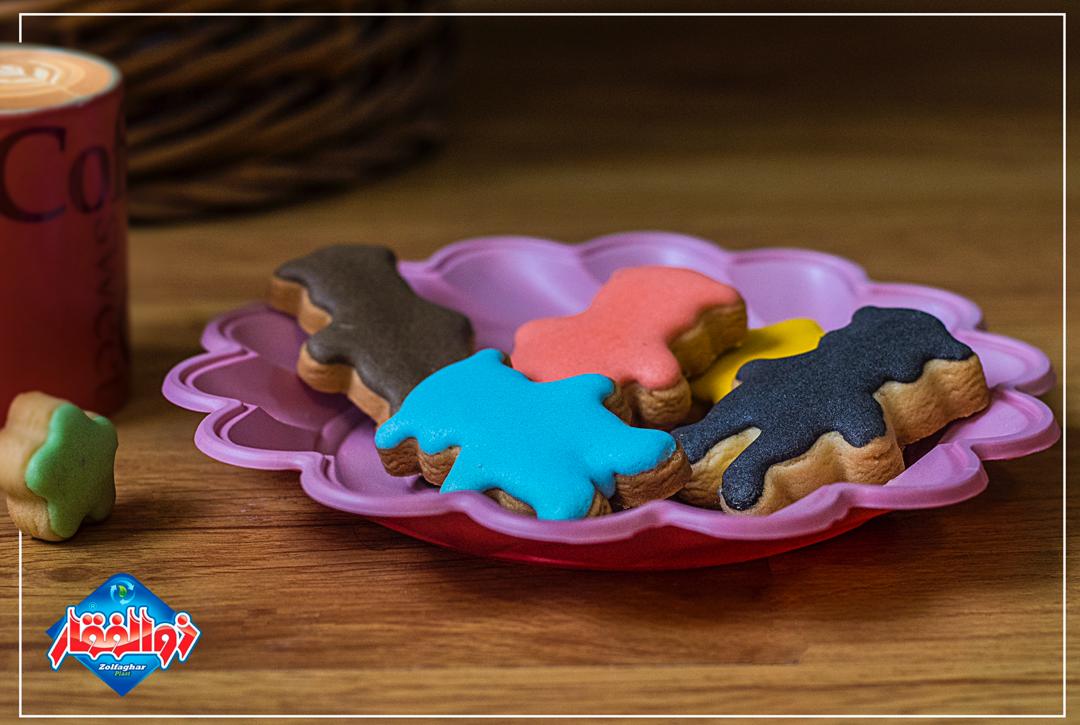The raw material of polystyrene and polypropylene makes the difference between the products. By replicating polymer molecules, polypropylene polymers can be produced. These molecules have a high weight. With polymerization, a long polymer chain can be created. Polystyrene and polypropylene are both important polymers. The raw material and molecular structure of those are different. Polypropylene is a transparent plastic material and Polystyrene is naturally transparent too, but can be colored with colorants. Polypropylene is used for the production of industrial goods, auto parts, consumer goods, and furniture. Polystyrene is used in the production of laboratory utensils and tubes and Petri dishes.
Types of polymers
– Isotactic – placement of phenyl groups on one side
– Syndiotactic – placement of phenyl groups on both sides with an alternating pattern
– Atactic – Random placement of phenyl groups
Polystyrene
Polystyrene is a synthetic aromatic hydrocarbon polymer made from the monomer known as styrene. It is a hard and solid material. General-purpose polystyrene is clear, hard, and brittle. Polystyrene is an inexpensive resin per unit weight. It is a poor barrier to oxygen and water vapour and has a relatively low melting point. Polystyrene is a type of vinyl polymer that polymerizes free radicals to process free radicals. The edges of the cutlery are made of polystyrene and the cuts can be easily made with this material. Polystyrene is one of the most widely used plastics, the scale of its production being several million tonnes per year.
Applications of polystyrene
Polystyrene is used in the manufacture of toys, light diffusers, beakers, cutlery, general household appliances, video/audio cassette cases, electronic housings, refrigerator liners, housewares, containers, glazing, packaging and for HIPS. It is recyclable; So it does a little damage to the environment.
It is one of the most practical plastics and is cheap, hard and durable, and resistant to acid and base. This material is used to produce laboratory and Petri dishes. The structure of this material is similar to glass. But some products are not resistant to 100 degrees Celsius; As a result, they are less likely to be recycled. People throw them away after a single use, and a lot of plastic products are made from this material.
Polypropylene
Polypropylene also known as polypropene, is a thermoplastic polymer. It is produced via chain-growth polymerization from the monomer propylene. Its molecular structure is three carbons and two separate carbons. Titanium chloride can be used to produce polypropylene gas. It is possible to produce this substance in pure form.
Polypropylene belongs to the group of polyolefin and is partially crystalline and non-polar. Its properties are similar to polyethylene, but it is slightly harder and more heat resistant. It is a white, mechanically rugged material and has a high chemical resistance.
Propylene is a hard thermoplastic material used in packaging, household products, battery packs, and medical devices. This plastic is transparent and is also used to produce disposable tableware and utensils. Bio-PP is the bio-based counterpart of polypropylene (PP)
Polypropylene is the second-most widely produced commodity plastic (after polyethylene). In 2019, the global market for polypropylene was worth $126.03 billion. Revenues are expected to exceed US$145 billion by 2019. The sales of this material are forecast to grow at a rate of 5.8% per year until 2021.
Applications of polypropylene
It is used to make bottles, glasses, flasks, and test tubes. It is extremely strong and unbreakable. It is resistant to acids, bases, and chemicals, and the heat resistance of many polypropylene products allows them to be autoclaved. The melting point of polypropylene products varies from 130 to 171 degrees Celsius depending on the quality of the product. This type of plastic is opaque and colorless, but it is also available in a transparent form. Other applications of polypropylene are: Automobile industry, Industrial applications, Consumer goods, Furniture, Plastic containers, Reusable water bottles, Medical components, Toys
Types of polypropylene
Homopolymer, Copolymer, Random copolymers, Block copolymers
Properties of polypropylene
polypropylene has a lot of Properties as mentioned before. But the most important of them are:
Lightweight, Resistant to cracking, electrolytes, organic solvents, and acids, High melting point, Non-toxic, Excellent dielectric properties, Valuable

